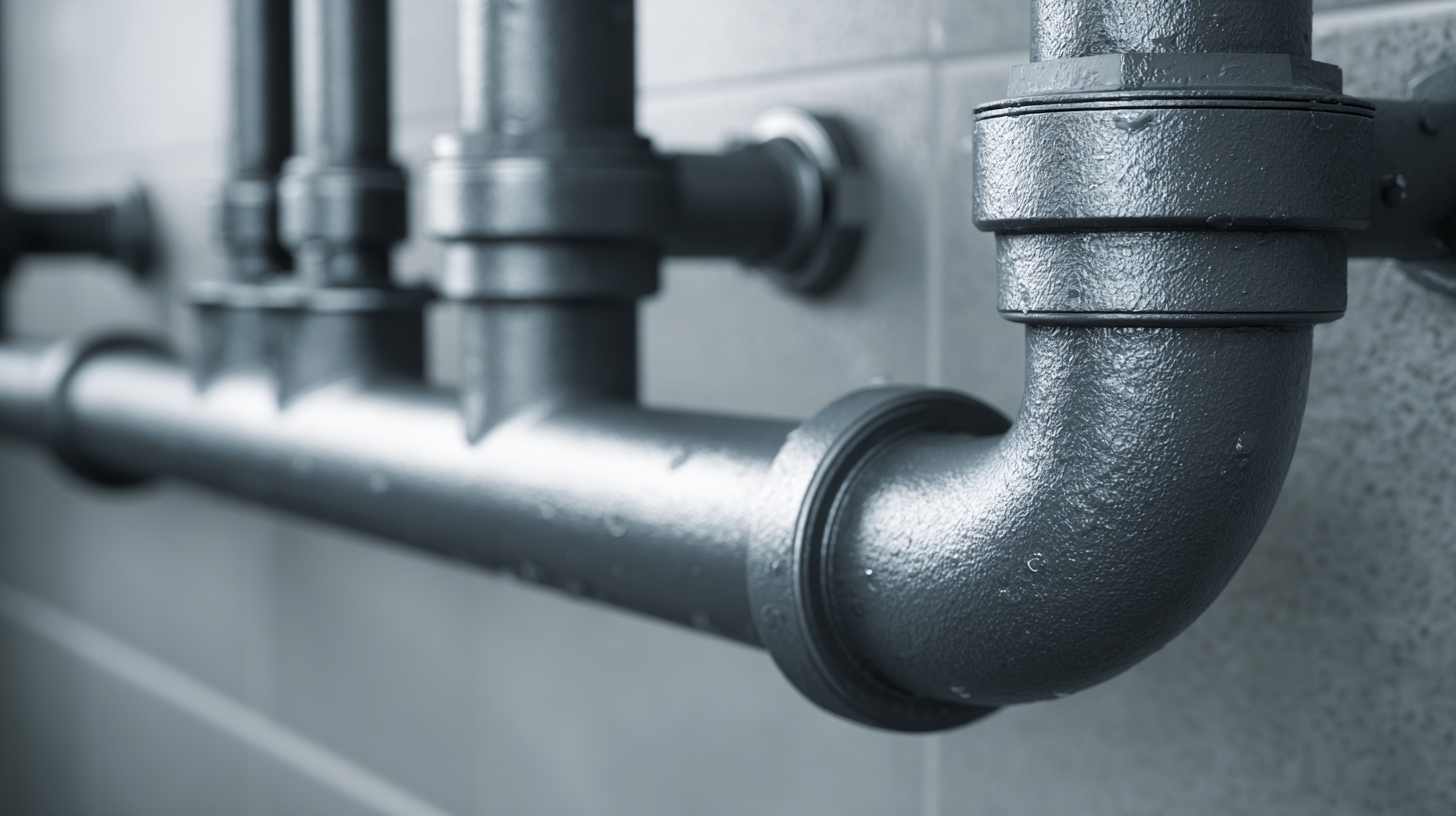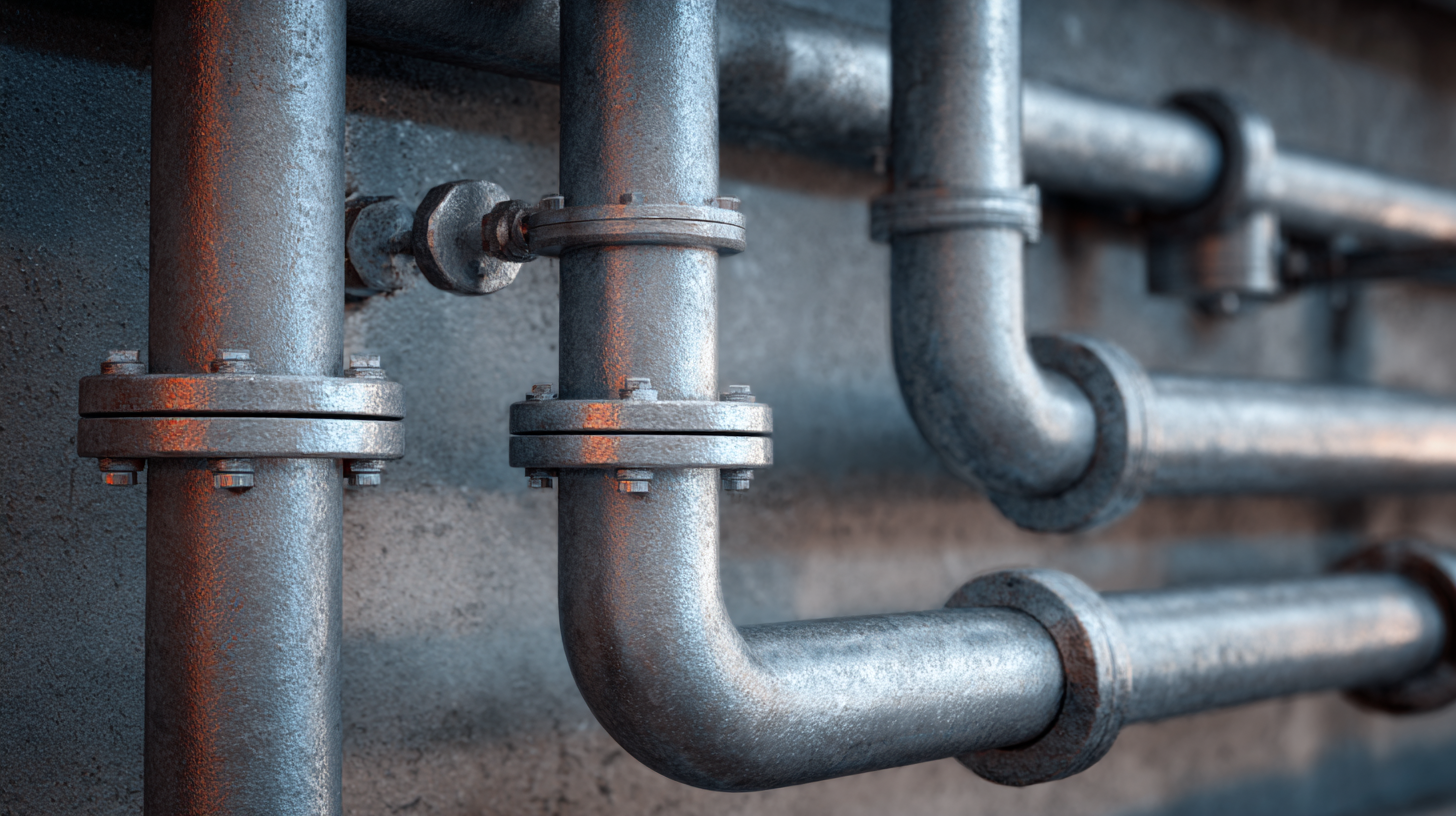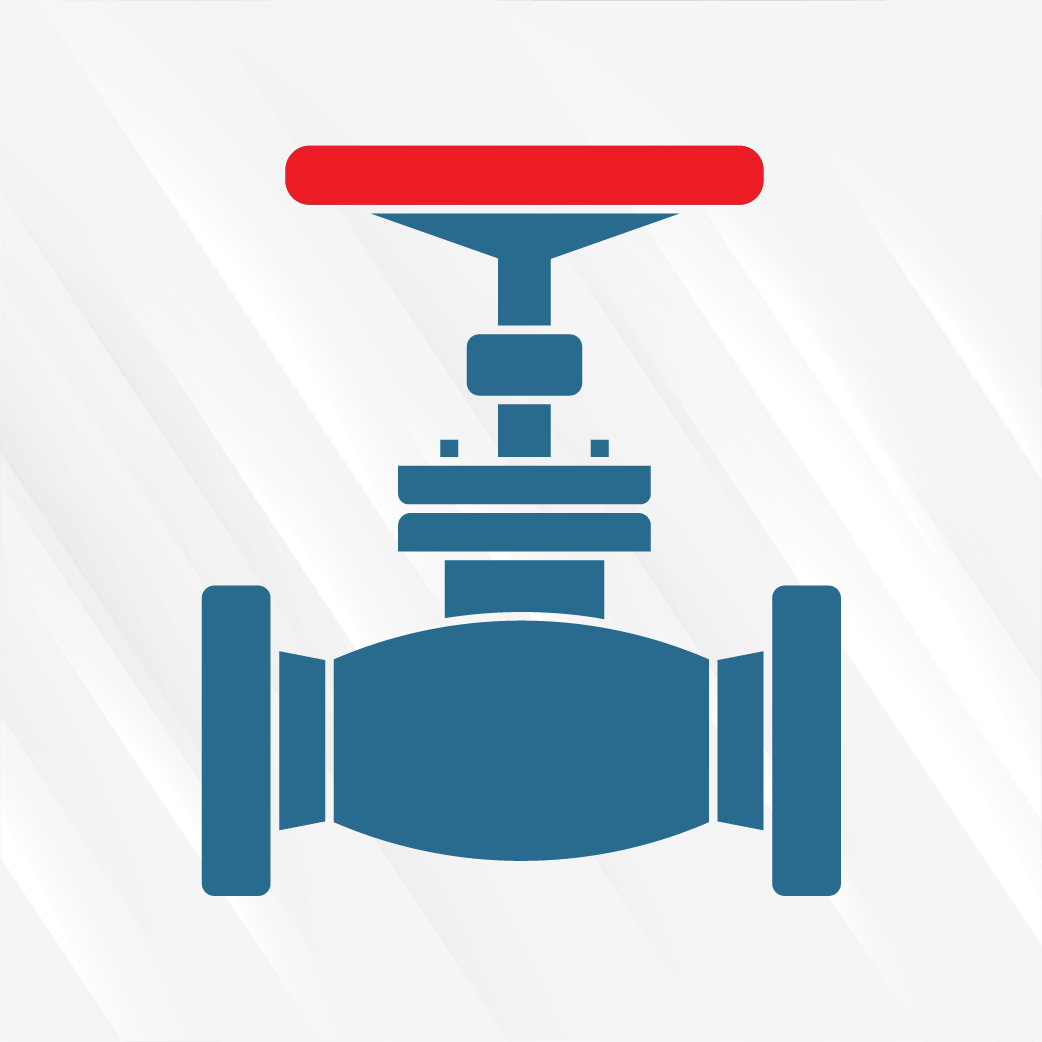In modern plumbing systems, the significance of pipes and fittings cannot be overstated. According to the Global Plumbing Market report, the demand for plumbing installations, including pipes and fittings, is projected to reach $128 billion by 2025, driven by urban expansion and infrastructure development.
 These essential components not only facilitate water supply and drainage but also contribute to energy efficiency and sustainability in buildings. The selection of appropriate materials and sizes for pipes and fittings can influence system performance and longevity, making it critical for engineers and builders to understand their importance.
As technology advances and building codes evolve, employing high-quality pipes and fittings becomes increasingly vital to ensure safety, compliance, and optimal functionality in plumbing systems. Thus, recognizing the essential role of pipes and fittings is crucial for efficient plumbing design and management, resonating throughout the industry.
These essential components not only facilitate water supply and drainage but also contribute to energy efficiency and sustainability in buildings. The selection of appropriate materials and sizes for pipes and fittings can influence system performance and longevity, making it critical for engineers and builders to understand their importance.
As technology advances and building codes evolve, employing high-quality pipes and fittings becomes increasingly vital to ensure safety, compliance, and optimal functionality in plumbing systems. Thus, recognizing the essential role of pipes and fittings is crucial for efficient plumbing design and management, resonating throughout the industry.
Pipes play a crucial role in ensuring the efficiency of water distribution in modern plumbing systems. Their design and material selection directly influence the flow rate and pressure of water delivered throughout a building. High-quality pipes facilitate seamless water movement, reducing the risk of leaks, corrosion, and contamination. The choice of pipe material, whether it be PVC, copper, or PEX, significantly affects the system's performance and lifespan. Each material offers unique advantages, such as flexibility, resistance to scaling, and ease of installation, contributing to overall water distribution efficiency.
Moreover, the configuration of plumbing systems relies heavily on the strategic placement and sizing of pipes and fittings. Properly sized pipes prevent the issues of water hammer and pressure drops, which commonly arise in poorly designed systems. Additionally, the integration of fittings, such as elbows, tees, and valves, ensures that the water can be efficiently directed through the entire plumbing network. By optimizing both pipes and fittings, modern plumbing systems can operate at peak efficiency, delivering reliable water supply while minimizing waste and maximizing performance.
In the intricate world of plumbing systems, fittings often operate behind the scenes, yet their importance cannot be overstated. These components, which connect pipes and direct the flow of water, play a crucial role in maintaining the efficiency and effectiveness of any plumbing setup. Proper selection and installation of fittings can significantly affect water pressure, flow rate, and even the longevity of the entire system, highlighting their role as unsung heroes in plumbing performance.
Tip: When choosing fittings, always consider the material compatibility with your pipes. Mismatched materials can lead to leaks or corrosion, ultimately compromising the integrity of your plumbing system.

The choice of materials for pipes and fittings is crucial in determining the
longevity and maintenance costs of plumbing systems. Traditional materials such as
copper and cast iron are known for their
durability and resistance to corrosion, which can significantly extend their lifespan. However, they also come with higher initial costs and require specialized installation techniques.
On the other hand, modern alternatives such as PVC and PEX offer affordability and ease of installation but may not match the
durability of their metal counterparts in certain conditions.
Furthermore, the impact of material choice extends beyond initial costs to long-term maintenance expenses. For instance, while
PVC is less expensive upfront, it may become brittle over time when exposed to UV light, necessitating replacements. Conversely,
brass fittings, despite their higher price, can resist corrosion and minimize the likelihood of leaks, thus reducing repair costs over time.
Ultimately, understanding the properties and performance of various materials helps homeowners and professionals make informed decisions that balance upfront investment with long-term savings in plumbing maintenance.
When discussing plumbing systems, the diameter of pipes plays a pivotal role in determining flow rate and system pressure. A larger diameter allows for higher volumes of water to pass through, which can enhance flow rates, especially in high-demand scenarios. Conversely, smaller diameter pipes can create bottlenecks, restricting flow and potentially leading to increased pressure within the system. Understanding this balance is crucial for both residential and commercial plumbing designs.
Tip: When designing or modifying a plumbing system, consider the specific needs of your facility. For high flow demand areas, opt for larger pipe diameters to accommodate peak usage without risking pressure drops.
Moreover, the relationship between pipe diameter and pressure is not straightforward. While wider pipes can alleviate pressure buildup, they also require careful consideration of the overall system design, including pump capacity and elevation changes. Any miscalculation can lead to inefficiencies or even system failures.
Tip: Regularly assess your plumbing systems to ensure pipe diameters align with current demands, especially if fixtures have been added or modified since the original installation. Adapting to changing needs is essential to maintain functionality and efficiency.
In modern plumbing systems, code compliance plays a critical role in ensuring the safety and functionality of installations. According to the American Society of Plumbing Engineers (ASPE), adherence to plumbing codes minimizes the risks of leaks, water contamination, and structural failures. For instance, a report from the National Plumbing Foundation indicates that improper installation contributes to approximately 20% of plumbing-related failures, underscoring the importance of following established regulations.

Compliance with plumbing codes not only guarantees safety but also improves system performance. The International Plumbing Code (IPC) provides guidelines that govern the materials and methods used in plumbing, with an emphasis on durability and reliability. A study published by the American National Standards Institute (ANSI) found that systems built in accordance with these codes experience fewer operational problems, with a 30% reduction in service calls compared to non-compliant installations. As such, understanding and implementing these standards is essential for both contractors and homeowners looking to optimize their plumbing systems while ensuring longevity and safety.








